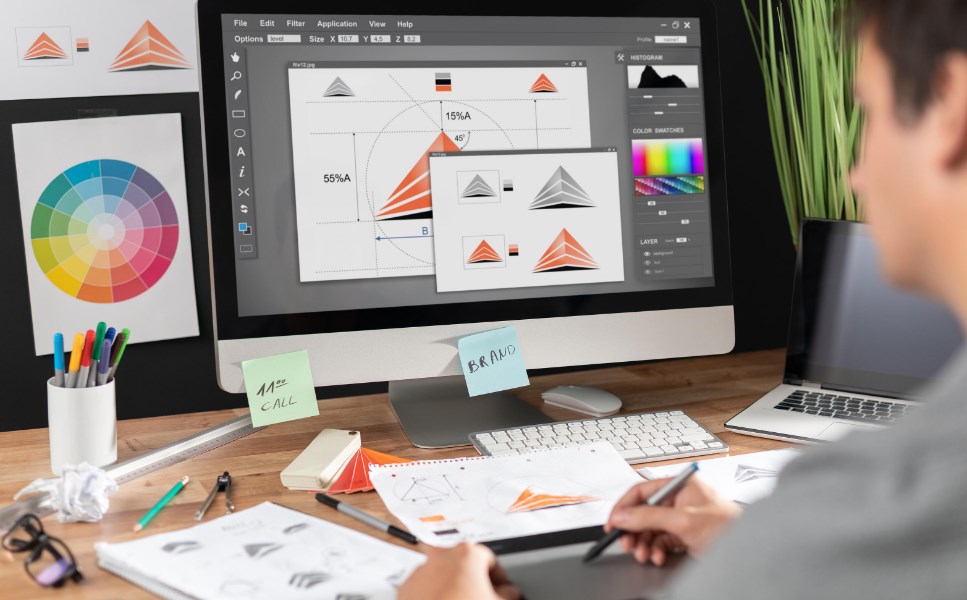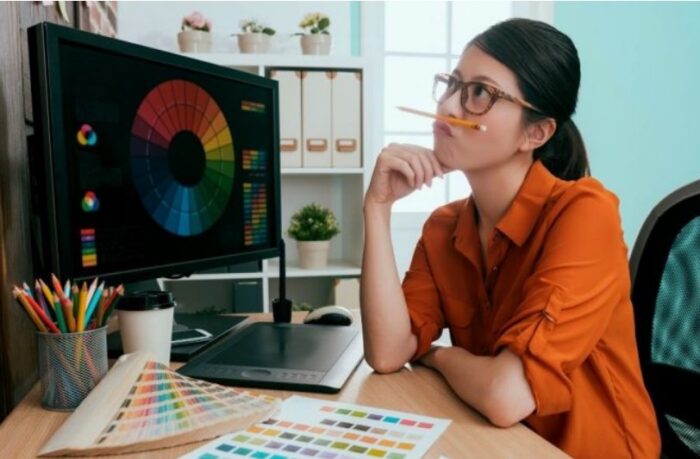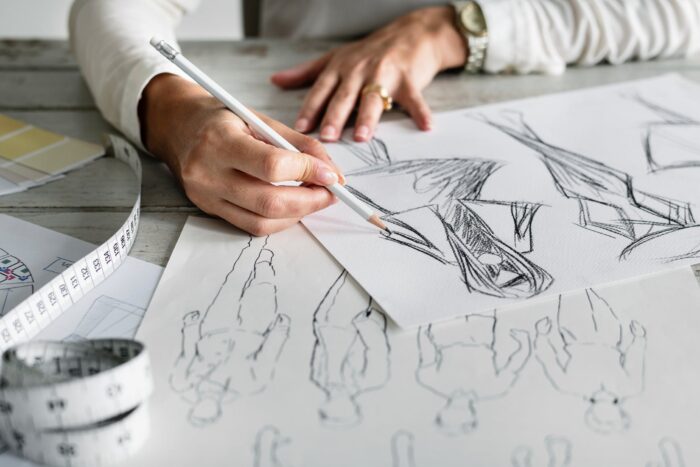
Art and design are becoming more and more accessible, which makes it inevitable to mistake different mediums for one another. Design is a competitive advantage for all kinds of business, and the vast majority of startups consider design to become increasingly important to their success. So, as a young entrepreneur you may be looking for an illustration agency with extensive creative tools that will create a brand from scratch and can cater to all your illustration needs and create involving, creative animation for your individual or business purposes.
At first, there is only a product, an understanding of the segment in which you need to integrate as quickly and effectively as possible, and some idea of how its design should look. Often in such conditions, the focus is on illustration: the picture shares temperament, tenderness, charm with the product, which is guaranteed to evoke emotions. Who should be entrusted with its creation? An illustrator whose style feels incredibly close to a brand or a designer for whom drawing is part of a larger set of solutions?
So, what’s the difference between graphic design and illustration?
Difference between Graphic Design and Illustration

Often, in the course of working on a new project, it is necessary to design and implement an idea using text or an image. This is one of the ways of communicating with the end consumer, and in order for the message to reach exactly the way the creators intended it, it is necessary to master the basic tools for expressing thoughts.
This is how the main task of graphic design is revealed – to attract the attention of a customer, leave the essence of the project in his or her mind, therefore, each element, no matter how it is implemented, works for this.
On the contrary, illustration is both an independent form of visual art and an essential element in the development and creation of a graphic design project. By itself, the illustration already carries a special semantic and figurative load, tells its own story, immerses a person in a certain emotional situation.
What Makes a Graphic Designer Different from an Illustrator?

The designer looks at the problem as a whole, like a map of a big city. A designer verifies the elements proportionally, thinks over the final task, analyzes the prospective consumers, and evaluates the uniqueness of the finished product. And only after evaluating all the links, he or she closes the chain and proceeds to the visual implementation of the goals set.
If you look at the work of an illustrator from the outside, you get the feeling that this specialist is concentrating on a specific image, immersed in it, developing it, leading it from small sketches to the final drawing, which is just introduced into the overall project, which is led by the graphic designer.
The illustrator’s inner goal is always the original product of the customer in all its versatility, and the artist tries to express with the help of drawing those advantages that he or she sees. Of course, the best option here would be to use metaphors, images and other stylistic devices that primarily affect the subconscious and evoke emotions.
Is it possible to call the designer’s actions to some extent mechanical? Of course, an experienced designer has a unique set of techniques and tools that he or she actively uses, but the main work, no doubt, requires a creative approach.
The designer acts as a kind of constructor who will die out and make the big picture out of small details. Of course, a designer also strives for the emotional response of the public, but he or she goes to this goal in a completely different way, playing with the human mind, using ready-made codes and decoys for attention.
Difference in Approaches

It seems that it is impossible to determine who creates the best design of a product. Illustrators or designers have different goals, set different goals, and solve them in different ways. But both of them should often turn to each other for advice and cooperate, not only to create the coolest result, but also in order to get enough new experience.
Often, an illustrator starts a project with what he or she does best – a drawing. All efforts are invested in it, and only then text is added to it and somewhere there the technical data are used. The designer, from the very beginning, presents the entire amount of information and the position of each element is calculated down to a centimeter.
The fundamental difference between the approaches is that the designer starts a project not with sketches, but with the analysis of the problem. A designer studies the target audience, evaluates the packaging of competitors, tries to feel and develop signs of uniqueness at a certain semantic level. As a result of this research work, a designer takes up visualization, maneuvering between the set control points.
The illustrator, however, will most likely initially turn to own emotional perception of the product and try to visualize an inner vision, starting with sketches, with the search for shapes and proportions, etc. Already in the course of this work an illustrator will come up with the final solution – perhaps by comparing it with a competitive environment.
In other words, the job of a designer is to find a solution from the general to the particular, and the work of the illustrator is from the particular to the general. So, illustrators have taught designers to add charm to a product with the help of small details and illustrative form which make contact of customers with a product more emotional and exciting.
Designers, in turn, share with illustrators the skills of a complex vision, structuring information, when each element appears in harmony with the whole. Thus, despite all the differences, designers and illustrators must work on the task as a team, because this is the only way to achieve the desired effect and fulfill all the client’s wishes, adding as a result the touches of their own individuality.














